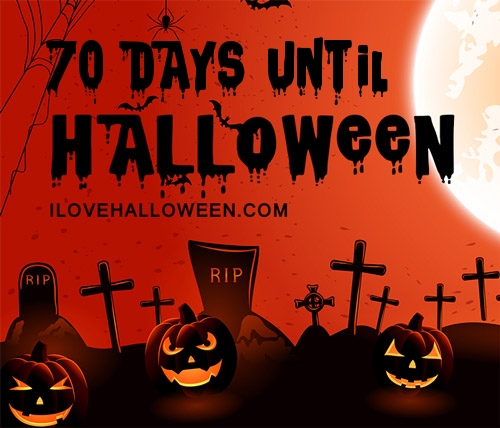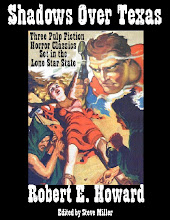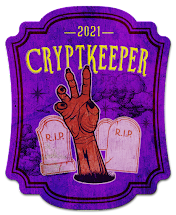Starring: Gabriel Byrne, Natasha Richardson, Julian Sands, Myriam Cyr, and Timothy Spall
Director: Ken Russell
Rating: Seven of Ten Stars
Eccentric poet Lord Byron (Byrne) invites a young prodigy Percy Shelly and his fiance Mary Wollstonecraft (Sands and Richardson), along with her halfsister Claire Claremont (Cyr) to spend a weekend with him and his personal doctor, Polidori (Spall), at his isolated estate. After an evening of reading ghost stories, drinking wine enhanced with Laudanum (a hallucinogenic), and an impromptu seance, these members of the cream of the Age of Enlightenment's intellectual crop find themselves trapped in an ever worsening spiral of confusion and terror. Is it just the drugs, or did the seance call forth an evil spirit which is now tormenting them?
"Gothic" is a stylish, extremely creepy movie. There are very few films I've seen that manage to transfer the dread and fear felt by the characters as the film unfolds to me, but this is one of them. Although it starts out feeling like "Who's Afraid of Virginia Wolfe?" set in a rambling castle and performed by effeminate people in puffy shirts and bad hairdos, this movie soon turns into one of the most bizarre and terrifying films I've ever seen. Much of it unfolds seemingly at random, with the threads occasionally coming briefly together but invariably separating into a chaotic mess again.
While I would usually find this to be a flaw, it is something that works with great effect here.
The film has an odd tone to it from the very first arrival of Shelly and the girls at Byron's estate, and that oddness kicks into full fledged horror movie mode when the characters start reading ghost stories to each other. At that point, the passage of time, and the very nature of reality, the house, and those in it start to change. As a thunderous rainstorm batters the manor house, Byron, Shelly, Polidori, Mary, and Claire all seem to be drawn into ghost stories, and singly or together, they all experience one of more hallmarks of such tales, ranging from apparent possessions to hallucinations of all kinds.
In fact, while "Gothic" is not a movie about a haunted house, it should serve as required viewing for anyone who is thinking about making a haunted house movie. The way the house becomes a character unto itself as the film unfolds, the various torments the character's experience, the possessions... they're all haunted-house standards, and they're all handled with far greater skill than in the vast majority of movies that deal specifically with hauntings.
A great deal of the film's success can be credited to Gabriel Byrne. He gives a wonderfully varied performance as the twisted poet Byron, but he is also portraying the one character who remains stable throughout the film. Byron stars out as an unbalanced character--swinging from capricious, to sensitive, to menacingly insane, sometimes all within the space of a few minutes--but as the other characters come increasingly unglued, Byron emerges as the closest thing there is to a stable hold on reality. Whether in the dying light of a spring afternoon, or in the deepest part of a nightmare-made-real, Byrne's Byron is unchanged... and this contributes to the viewer's sense of unease; the abnormal has become the closet thing to normal, anywhere. Byrne, however, is merely a point man for an excellent cast. All the principles are great (Cyr is genuinely creepy after she's possessed (?)), and given the length of some of the shots and the difficulty of the dialogue delivered during them, I don't think this was an easy movie to star in.
Although the amazing use of Byron can also be credited to the script, there are some issues with the script as well--mostly relating to where the line between what's a dream and what's reality in the film is--and this cost it a Tomato in my rating. However, I may be overcritical on this point, because once "Gothic" gets going, the terror and disorientation builds and builds to such a degree that reality and drug-soaked nightmare and which is which really doesn't matter. And the way you can see the works of Mary Wollstonecraft-Shelly and Percy Shelly (and almost certainly also that of Dr. Polidori, although I've not read his book "The Vampyre", so I can't say) echoed throughout in dialogue and situations
This film is one scary ride, featuring fine performances from all its actors, and led by a director that deploys every tool in his filmmaking arsenal with great skill and artistry. It's a film worth seeing if you enjoy well-made horror flicks and experimental films, but it does require some patience and tolerance of artsy-fartsy flourishes.
(Oh... I suppose I should touch on what many reviewers seem to think is a selling point. The film supposedly chronicles the one night that gave rise to Mary Shelly's "Frankenstein", Shelly's best poems, and Polidori's "The Vampyre". While this is an interesting aspect of the film--and it's one that raises even more questions about where the line between reality and nightmare exists in the movie, and if perhaps Byron and his guests did, in fact, rouse some evil spirit that night--it's not one that felt was so all-fire important to the movie. It helps to know who the characters are, but one doesn't need a BA in English to "get it.")




















No comments:
Post a Comment